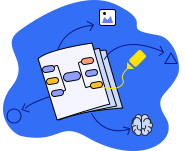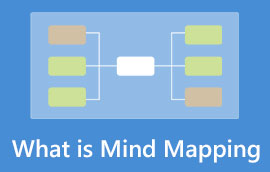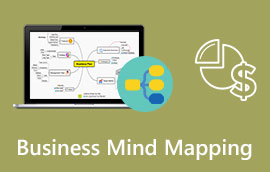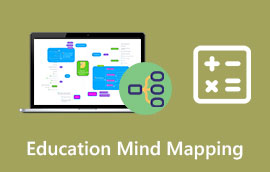Mind Map: Find Out Various Types of Maps
It's possible that mind mapping has become a helpful tool for taking notes. Companies, professions, academics, and agile teams have all embraced it to boost productivity. Yet, a mind map is a general phrase that refers to all types of data visualization. Many different types of mind maps are available online. Using the mind mapping approach, one may complete tasks with fewer mistakes. It also aids in putting any project's principal concept into visual form. Depending on the work at hand, you can choose from a variety of mind map types. Worry no more if you don't know the different types of mind maps. This guidepost will give you the mind map’s various types. In addition, you will also learn the procedure of how to make a mind map using an excellent online tool.

Part 1. Different Types of Mind Maps
1. Spider Map
A spider map is a visual brainstorming technique. It is also a type of mind map for students. It helps users to lay out ideas in a shape that resembles a spider. The main idea occupies the middle part, wherein the related ideas or sub-ideas branch out from it in all directions. Using color, organization, and images to break down complex topics, a spider map gives you a simplified version. Yet, it is still the complete overview of all the essential data. You can always insert more information, investigate more topics, make more connections, and more. Also, there is no set structure for creating a spider map. All you must do is jot down your main idea in the middle. Then, draw a circle around it. The following method is to draw lines branching off your central idea. The sub-ideas describe the main idea.
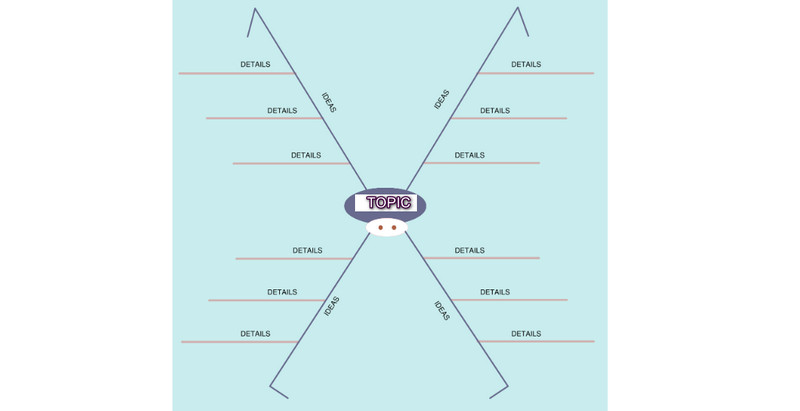
2. Bubble Map
This type of mind map serves the primary purpose of clarifying the central concept or an idea. Bubble maps tend to utilize adjectives to describe any kind of phenomenon. But it is highly crucial to choose those adjectives carefully. A bubble map helps in using a good wordlist. Also, it develops knowledge about different forms of vocabulary. As these are very simple to map, you must ensure what adjective you need to describe a particular idea. This will offer more detailed yet simple-to-understand results at the end. In short, bubble maps are used to help grow and organize ideas. Also, bubble maps help you center your ideas and channel your creativity for defining particular themes and topics.
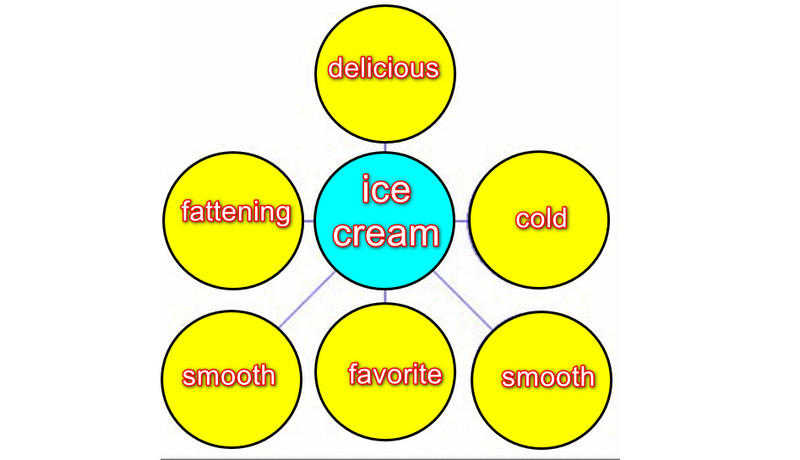
3. Bridge Map
Bridge Map is a map that efficiently decreases the confusion between ideas. It is also efficient in defining two various concepts. Also, it shows what kind of relationship and connectivity they have between them. It even includes what kind of data is similar in both ideas. This gives out a clear view of different ideas in a very efficient manner. Moreover, a bridge map is highly recommended for using more than two datasets. Suppose you have many concepts, of which two or more, then you can easily use a bridge map. It can help filter out, categorize, describe, and analyze the main topic. Many people working in the field of research use this map.
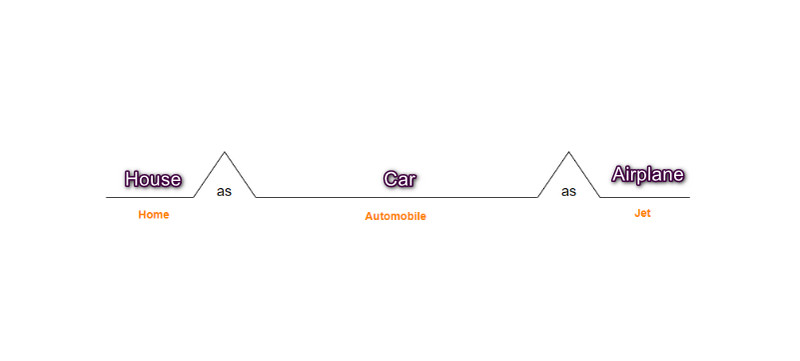
4. Brace Map
A brace map is perfect if you are dealing with much conceptual information. This type of map can check and analyze parts of the data provided to them. This is why you don't need to analyze the whole information again. To get the desired result, you can analyze the part of the information you don't have by selecting it. If you are an author, a researcher, etc., a brace map is a suitable visual presentation tool you can use. Besides, to analyze physical objects, use a brace map to structure a diagram. Also, you can analyze and dissect fictional characters using a brace map. It can show a clear and better understanding of relationships from whole to parts.
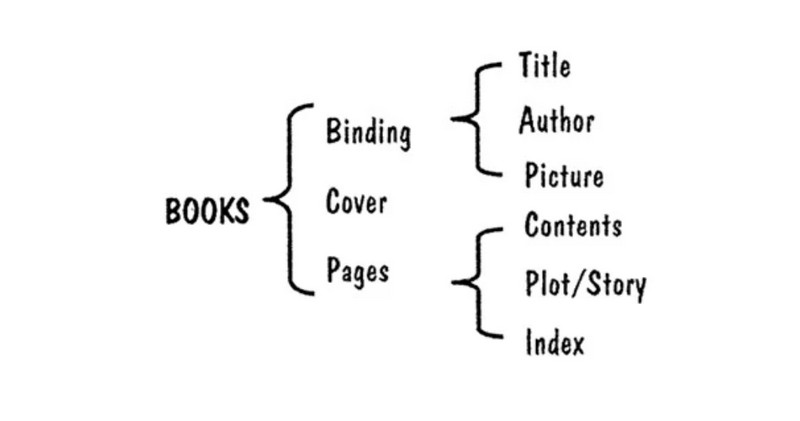
5. Empathy Map
An empathy map is an excellent tool used when collecting information about customers. You need to use this type of map to understand your target customer base better. Like a user persona, the empathy map visualizes the needs of customers. It can also condense customer information into a simple chart and help you consider customers’ needs and wants. Additionally, an empathy map helps you in your design process. You can insert what customers think, say, do, and feel. After organizing all the data, you can already understand what you need to do. In short, if you are a businessman wanting to please a customer or client, an empathy map is the best tool.
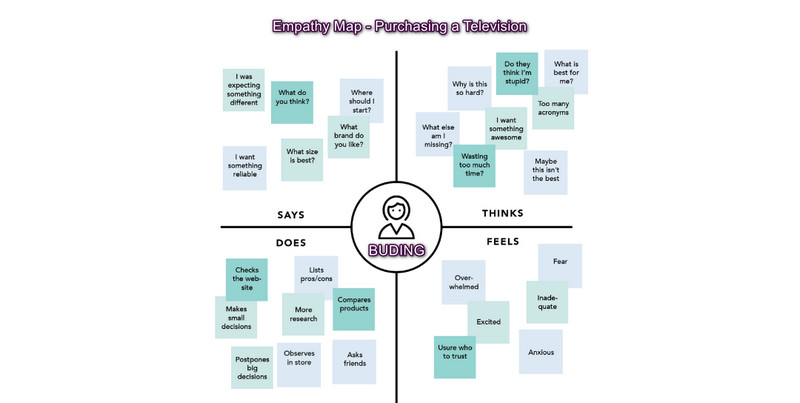
6. Flowchart
A flowchart shows a workflow or process's steps, decisions, and sequences. There are various types of flowcharts, but a simple flowchart is known as a process map. It’s a reliable tool that you can use in many fields. You can create a flowchart for planning, documenting, visualizing, and improving processes. Moreover, Flowcharts has many names you need to consider. It is known as a process map, process flowchart, functional flowchart, business process modeling and notation, business process mapping, and more. Furthermore, a flowchart has many symbols. Each symbol has a particular meaning. It depends on how you use these symbols on your chart. The symbols on flowcharts are terminator, decision, flow line, input, and more.
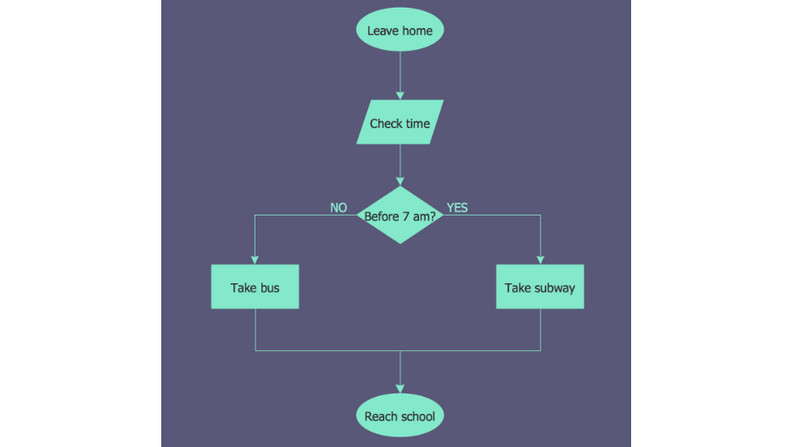
7. Multi-flow Map
Another type of mind map you can use is a Multi-flow map. This type of mind map is suitable for identifying and portraying cause-and-effect relationships. The event or circumstance being discussed is in the middle of the map. The events' causes are shown in the left-side boxes. Then, you can see the effects in the right-side boxes. The direction of the arrows is left to right. Nevertheless, multi-flow maps can be used just to display causes and consequences. They may also illustrate the connections between various events.
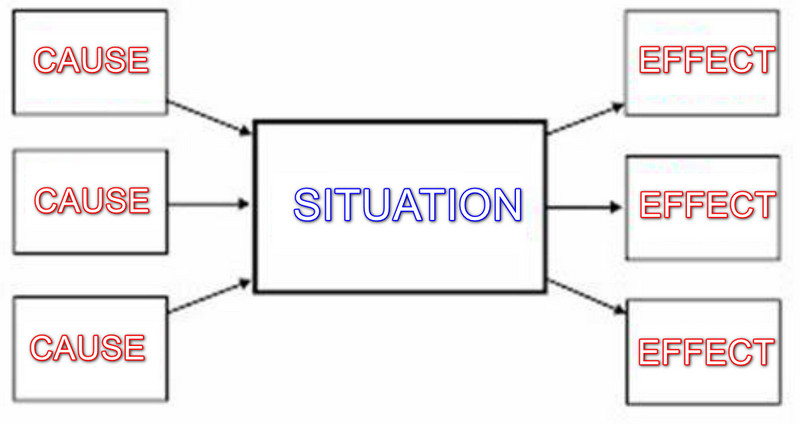
8. Dialogue Map
The main purpose of a dialogue map is to find a solution to a specific problem. It is a particular mind map style designed to promote critical thinking. Jeff Conklin, who established the Cognexus institute, was the author of the concept. Many dialogue mapping sessions' primary goal is to attack wicked challenges. The discourse map begins with a collection of linked nodes. Each node serves as the core focus for a specific step or stage. They can be connected with lines that depict the flows. Then, all the concepts and options are written down. It is intended to be a collaborative exhibition among participants to foster understanding.
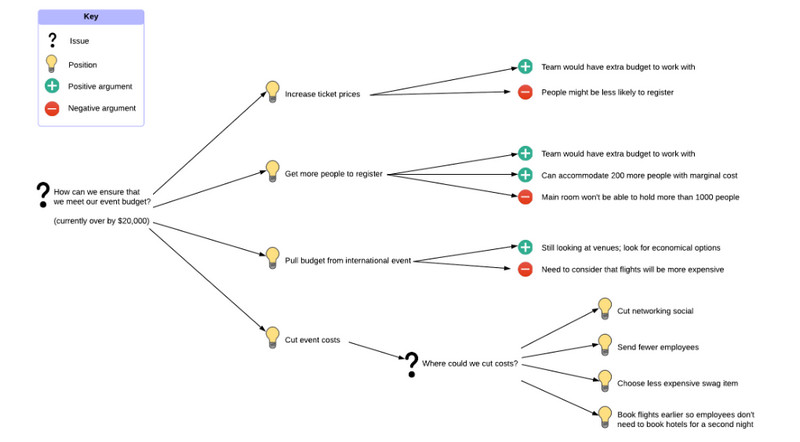
Part 2. How to Draw A Mind Map
In this part, you will learn how to make a mind map. The leading tool you need to use for creating a mind map is MindOnMap. This web-based tool can help you draw a mind map using a trouble-free method. Additionally, its interface is intuitive, making it easy for users to utilize. It offers various shapes for your mind map drawing process. You can use rectangles, circles, trapezoids, and other advanced symbols. Aside from that, you can also use font styles, colors, tables, and more. It also offers various themes to make your mind map more attractive and unique. Moreover, MindOnMap offers free mind map templates. This way, you can only insert all the necessary data inside the templates. It also lets you save your final output on different output formats. You can save your finished mind map as PDF, DOC, PNG, JPG, SVG, and more formats. Furthermore, you can access the tool on all web platforms. It includes Google, Firefox, Edge, Explorer, and more. Follow the simple tutorials below to learn how to create a mind map on your browser.
Secure Download
Secure Download
Open a browser and go to the main website of MindOnMap. Create a MindOnMap account or connect your Gmail. Afterward, click the Create Your Mind Map button.
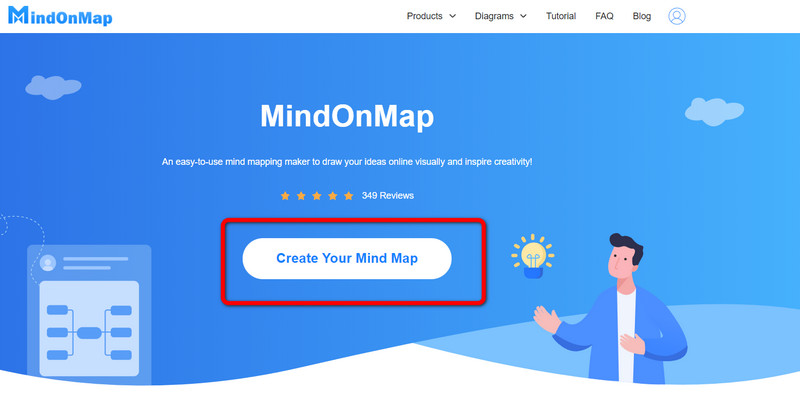
Another web page will appear on the screen. Click the New button on the left part and select the Mind Map option.

Then, the mind map interface will show up on your screen. You can use various tools on the upper part of the interface for your mind-mapping process. You can also use the right interface for various themes, colors, and backdrops.
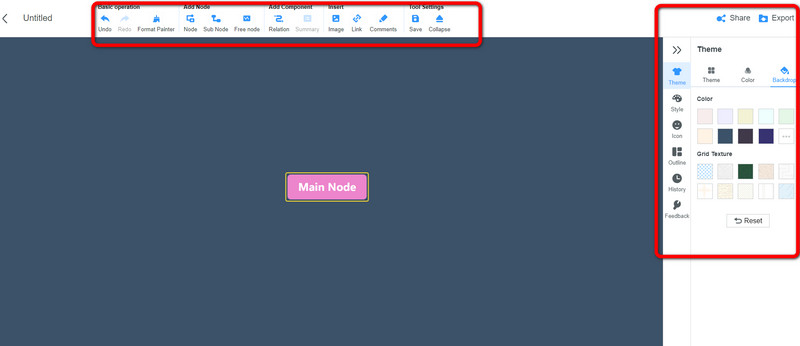
After creating the mind map, you can save your final output. Click the Save button to save the mind map on your account. Click the Share option to get the link. Then, click the Export button to save the mind map on various formats.
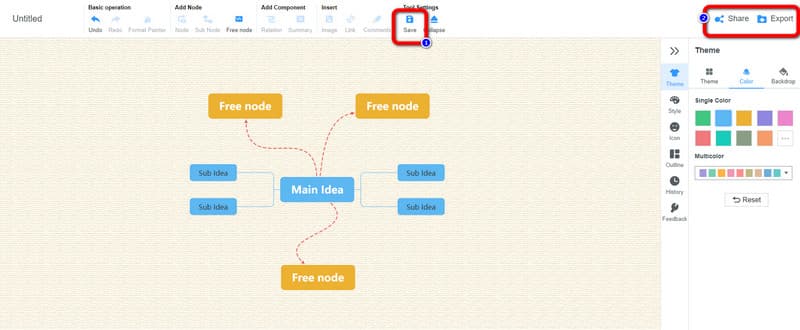
Part 3. FAQs about Mind Map
1. What are the benefits of mind mapping?
For learners, it will enhance their creativity and memory. Mind mapping can help students to develop their thinking skills and logical reasoning. For teachers, a mind map can help them to create a visual presentation for their learners. This way, they can instruct the learners better and clearly.
2. How does mind mapping help with problem-solving?
Software for mind maps enables teams to collaborate more effectively when developing ideas. People can build on each other's ideas and create a shared understanding of a problem using online mapping. Also, it can divide difficult tasks into more manageable pieces.
3. What is the purpose of mind mapping?
The purpose of mind mapping is to organize ideas. It helps you identify the main ideas and sub-ideas.
Conclusion
These are the different types of mind maps you can use for arranging ideas. Also, read this post if you are an educator, coach, instructor, or businessman. It can give you enough ideas for using a mind map in a certain situation. Also, if you plan to create your mind map, use MindOnMap. This mind-mapping creator can provide everything you need.








